What future do our youth face?
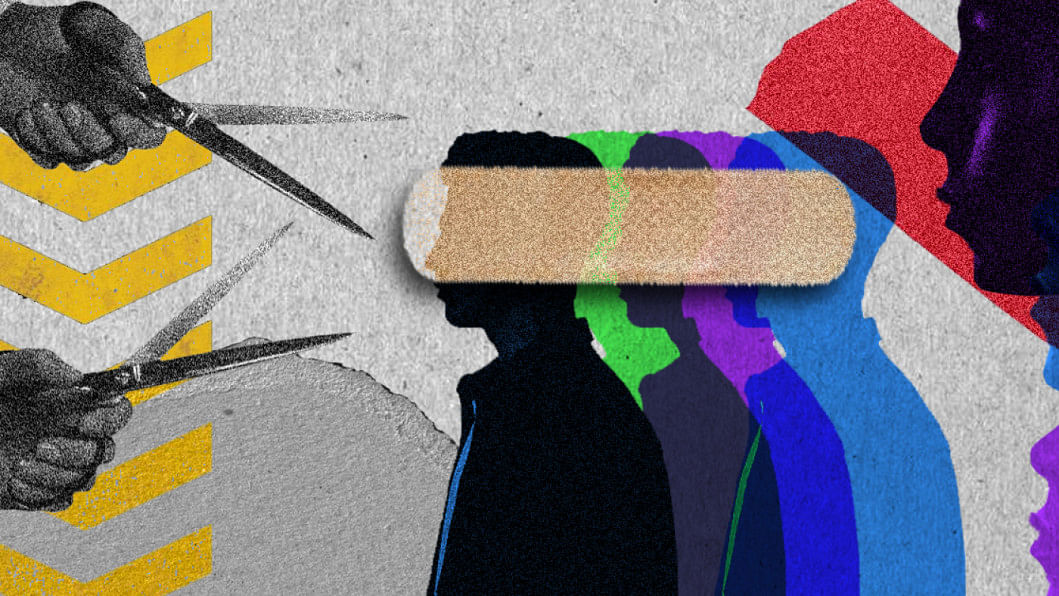
The majority of Bangladeshi people are young. If we consider people aged between 14 and 29 years, they make up around 30 percent of the population, according to government estimates. People aged between 1 and 14 years make up above 25 percent of the population. People who are capable of working – those aged between 15 and 59 years –make up the largest segment of the population: more than 65 percent. The number of people who fall under the 14-29 age bracket currently stands at 50 million, and this number is increasing.
In my opinion, this population segment of children and young people faces the biggest danger among all in Bangladesh today. This danger materialises in different ways. Firstly, a healthy and safe environment that is devoid of fear, which is necessary for them to grow in, is non-existent. Their educational environment is hostile to healthy growth in many ways; privatisation and commercialisation of education have worsened its quality; they don't have playgrounds to play in, ponds to swim in, and trees and greenery are disappearing around them. Playgrounds are gradually being turned into large construction projects, and now children are basically growing up and spending their formative years on the streets or within closed doors.
Secondly, the rate of unemployment is the highest among the educated. Meanwhile, those who are in the process of getting an education suffer from a lack of security as well. If we consider the gono rooms of public universities (common space shared by large numbers of students), a first-year student faces immense mental pressure as soon as they arrive there. Student organisations backed by the ruling party control everything about their lives – how they stand, where they go, what they do – they force the freshers to attend political gatherings. If a student faces all these obstacles in their very first year, their academic performance takes a nosedive as a direct result of this. A fraction of these students, often just to survive or in the pursuit of power, end up joining that same group of young people who are being used as muscle power.
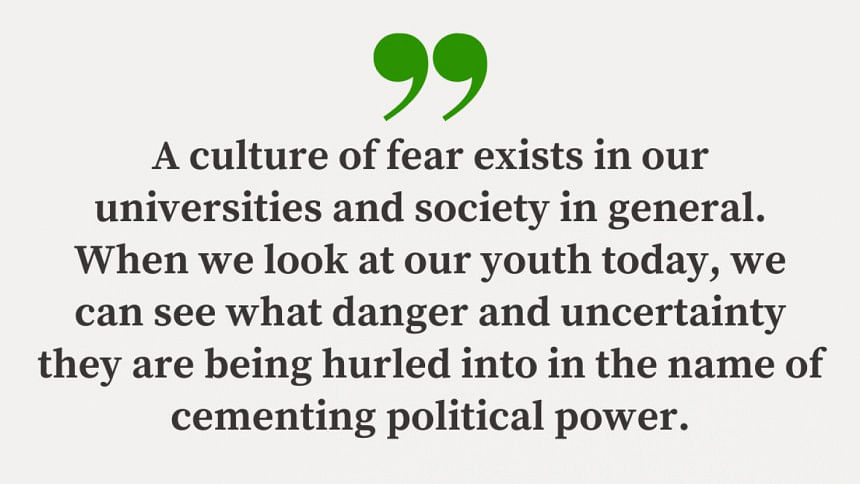
This brings me to my third point. A select group of powerful people in Bangladesh are taking ill-advantage of unemployment and the dearth of quality education; they are taking advantage of this environment that is hostile to free thinking and creativity, that breeds fear and greed, to use young people as a weapon.
If we look at recent developments, the prices of fuel have increased along with that of other necessities, and people are protesting this price hike. When injustice takes place at universities or elsewhere, people try to protest that. In many of these situations, we have seen government-backed student organisations or youth organisations ready to stand against the cause, armed with machetes and sticks. We saw when teenagers revolted demanding road safety, the ones who attacked them were young as well. People refer to them as "helmet bahini," and this bahini or force is gradually growing.
The female students who find themselves in this predicament face a larger degree of insecurity. We hear news of sexual harassment and rape almost on a daily basis, where young women are the victims. In many of these cases, the allegations are against Bangladesh Chhatra League or other government-backed organisations. They have created this reign of terror by connecting themselves to the powers that be.
A major concern at the moment is the fact that in 50 years, none of the services that our youth need to flourish throughout their lives – education, creativity, sports, cultural activities, libraries – have seen substantial growth in Bangladesh. As a result, they are growing up in a dry, uncreative, and cruel environment. Furthermore, those in power are using a segment of these young people for profit, to make money, to extend their power, and they are often using them against other young people.
A culture of fear exists in our universities and society in general. When we look at our youth today, we can see what danger and uncertainty they are being hurled into in the name of cementing political power.
My question is: What are the government's plans with this huge population segment who are supposed to take the reins of this country in the future? Does it want them to turn into machines? Does it want them to turn into a group of people devoid of thought, conscience, and sympathy? Is that the government's intention? To exploit them in any way they want?
One beacon of hope is that even from within this mess, the youth is making its voice heard, be that with road safety protests, protests for the Sundarbans, demands of national interest or for democracy. The touch of creativity we see in these protests give us some reassurance, but it's time we started asking questions as to where our government is leading our youth.
Transcribed and translated by Azmin Azran.
Anu Muhammad is a professor of economics at Jahangirnagar University.
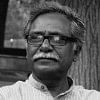
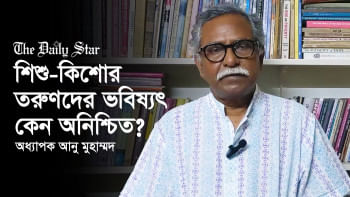
 For all latest news, follow The Daily Star's Google News channel.
For all latest news, follow The Daily Star's Google News channel. 






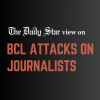


Comments